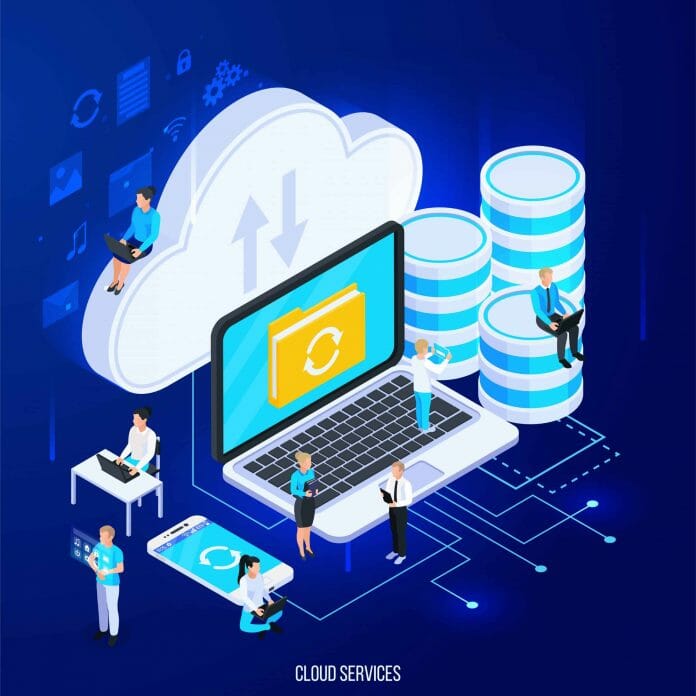
By Sheena Chin, Managing Director, ASEAN, Cohesity,
What first appeared to be a temporary economic downturn has turned into a global crisis. The effects of the Covid-19 pandemic will be felt for years, but right now, we are seeing a dramatic shift taking place in the IT industry.
What first appeared to be a temporary economic downturn has turned into a global crisis. The effects of the Covid-19 pandemic will be felt for years, but right now, we are seeing a dramatic shift taking place in the IT industry.
Disruption is a way of life, one that enterprise IT is accustomed to. Despite this constant evolution over the past decade, IT departments in the region continue to hold on to legacy computing and strategy.
The past few months, have pushed businesses across the region to make changes. The migration of data and workloads to the public cloud has occurred rapidly, as enterprise IT departments seek to overcome the problems presented by traditional data centres, be it physical access constraints or hardware issues presented by vendor supply issues. Business cannot merely take such challenges on the chin and move forwards. Downtime costs revenue and reputation.
While we have all begun or extended the work-from-home culture to employees, the reality is we are hugely dependent on physical data centres. These warehouse-like structures, often in remote areas or hidden among busy city streets, are critical to businesses in the Asia Pacific region staying online and to remote workers accessing corporate IT networks.
While data centres were included on the list of essential services exempted from the lockdown orders in Singapore and Malaysia, for example, some multinational colocation providers have introduced social distancing measures such as “one-in-one out” at its data centre locations, are allowing appointments to be made to visit, or have shut most of its locations entirely.
However, what happens when there is a hardware failure? Some colocation providers are offering to make maintenance repairs themselves for a fee, but there are risks to consider. Keeping a data centre maintained during these times should not be underestimated, as it is a significant amount of work for the hosts and the IT teams trying to maintain equipment.
Coronavirus driving business transformation
Earlier this year, Canalys research estimated that the trend towards an increase in applications, both new and existing, operating in public cloud environments would continue over the next five years. Additionally, the cloud infrastructure services market will see spending rise 32 percent in 2020 to US$141 billion. That was pre-coronavirus and the issues mentioned above.
We ran a poll of IT decision-makers with predominantly on-premises infrastructure, and while the findings are not conclusive, it suggests that the current situation with restricted access to data centres and delays to hardware supply has seen IT teams and senior management become aligned in their thinking. Over half of the 30 global IT decision-makers surveyed are now trying or about to make their first foray into the public cloud with a workload.
The most common workload being considered for this transition is backup. The survey results indicates a greater confidence in both groups within the business about the realistic benefits they can expect to achieve by using the public cloud, and the positive impacts for the business.
One of the key advantages of using the public cloud is efficient deduplication and the compression of backup data stored in the public cloud which helps organisations reduce operational expenses (OpEx) and storage space.
All of those IT decision-makers confirmed they would not reverse the IT strategy once a “business as normal” state returns, meaning coronavirus has indeed accelerated the cloud migration for many businesses, and it is not just a temporary measure.
Alistair Edwards, chief analyst at Canalys recently said, “I think many organisations will be using this as an interim step and once we get through the worst of this, they will develop strategies which incorporate what they’ve invested to a certain extent in public cloud, but also deploy more of that on-premise environment to build that hybrid model.”
An expanded menu of as-a-service to be ordered from
While some operational IT change is taking place right now, cloud service providers are anticipating more projects once the economy restarts and all corners of the workforce resume regular working practices. Technologies such as cybersecurity, collaboration, and data management, which have been on enterprise IT’s “to-do” list for some years are likely to be expedited.
Canalys also recently published research regarding managed services trends, which showed that cybersecurity and data centre solutions would see the highest rates of managed service attach in the coming years.
Demand for managed services is rising, as customers struggle to deal with increasing IT complexity, as well as a shortage of skills and in-house resources. IT reseller partners offer a wide range of IT managed services, including remote back-up, disaster recovery, network and system management, and IT help desks. Today, partners are selling more data centre products and IT orchestration as part of a managed services contract.
While it is not the scenario many thought would likely lead to a review of enterprise IT infrastructure, it does appear that businesses are considering and reassessing the need for on-premise data centres as a result of the pandemic. The increased agility for users, scale-up flexibility of consumption for needs, and minimal maintenance requirements are the business cases IT leaders needed to get executive team sign-off.








